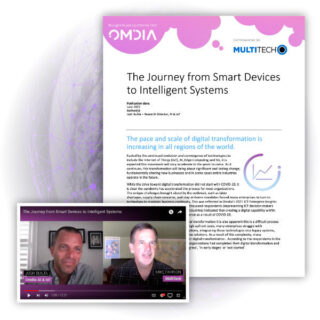Unlocking the Potential of Smart Buildings
Commercial and residential building managers are continually looking for ways to optimize the use of resources that result in reduced operating and maintenance costs, improved occupant comfort, and the ability to monitor and control the facility.
This white paper covers a plethora of smart building IoT applications, the benefits to stakeholders, and the advantages of deploying a solution using LoRaWAN® and Bluetooth connectivity.
What do we mean by Smart Buildings?
At its core, the concept of smart buildings includes the transformation of all aspects of commercial and residential buildings to optimise the use of resources including water and energy while increasing occupants’ comfort and decreasing building maintenance costs.
What are the Benefits of Smart Buildings?
The benefits of smart buildings are manifold, and include reduced operating costs, sustainability benefits, risk management benefits and more. In this section we discuss these broad categories of benefit in more detail.
Key IoT application types often found in smart buildings include:
At its core, the concept of smart buildings includes the transformation of all aspects of commercial and residential buildings to optimise the use of resources including water and energy while increasing occupants’ comfort and decreasing building maintenance costs.
Smart heating, ventilation, and air conditioning (HVAC) systems, including controllers and potentially smart peripheral devices affording control at the level or a single device, or room. The components of HVAC systems can also be deployed separately, for instance as standalone smart heating systems or smart ventilation systems.
Building lighting including the monitoring and control of interior and exterior building lighting systems and potentially also lights (bulbs, luminaires) individually
Building automation, including controllers and peripheral devices (monitoring devices, controlled devices, or actuators) to support an extended range of automated functionality, such as the control of window shades.
Air condition monitoring, including monitoring for a range of pollutants (chemical, particulate, and so on), moisture levels, and carbon monoxide and carbon dioxide monitoring.



